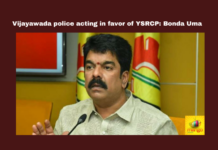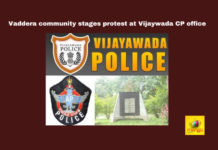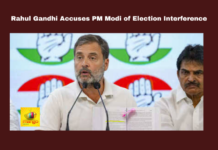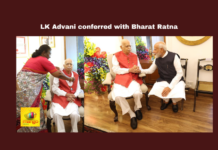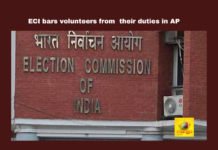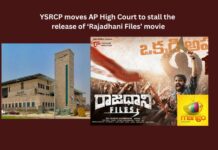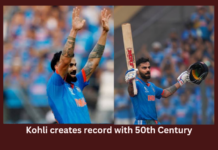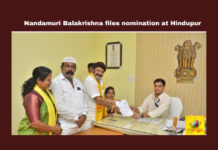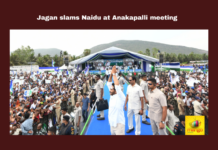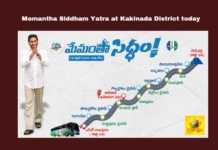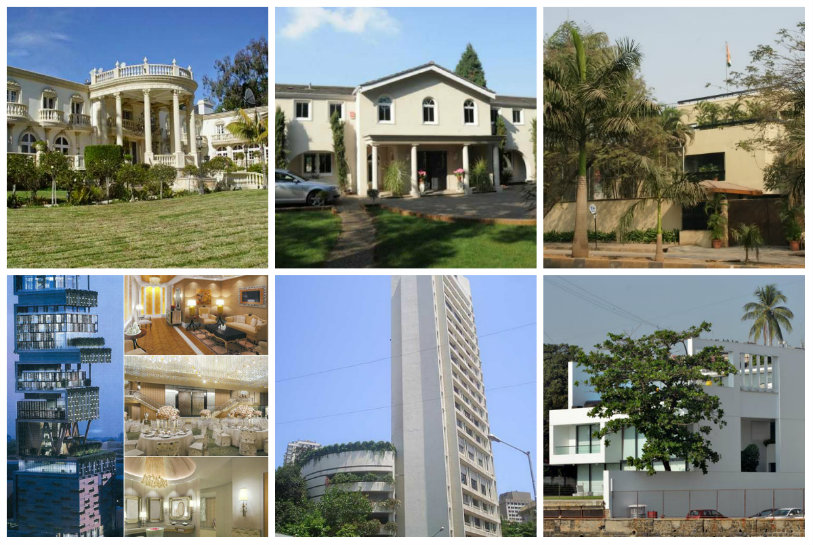

The Indian Space Research Organization is set to test its sophisticated, indigenously-built, multi-object tracking radar (MOTR) on a rocket flight next month while formal commissioning is expected to take three months time.
“The MOTR designed and developed by Satish Dhawan Space Centre (SDSC) will be tested next month during a PSLV (Polar Satellite Launch Vehicle) rocket flight. The formal commissioning of the system is expected to happen three months down the line.”
The space scientists with justifiable pride were showcasing the state-of-the-art radar that can track 10 objects simultaneously objects up to 30cm by 30cm at distance of 800km.
In case of objects of 50cm by 50cm size, the radar can track at a slant range of 1,000km.
“The Rs 245 crore MOTR can be termed as the classic example of a ‘Make in India’ project.”
According to him, a similar radar would cost around Rs 800 crore in the international markets and is mainly used for defense purposes.
“The software for operating the system and analyzing the data was developed in-house and around Rs 100 crore value could be put for that.”
To the best of his knowledge only select group of countries have the capacity to build such radars in the world.Prasad said Raythaeon, Northrop Grumman, Lockheed Martin, of the US, Thales, Canada-Europe, Elta of Israel and NEC of Japan have the capability to make such systems.
With this radar, Isro acquires the capacity to handle its future missions involving atmospheric re-entry of space modules, having a protective eye on its space assets and track space debris.
Currently Isro uses the space debris data provided by US space agency Nasa. The commissioning of MOTR would provide real-time data for Isro.
“The project got the green signal in 2012 with a target to get the radar ready by February 2015 which was achieved.”
Excepting the radome that houses the radar, all other systems were domestically sourced.
“The radome which is radio frequency transparent was not available in the country.”
Elaborating on the features of the radar, SV Subba Rao said the phased array radar antenna is stationary while its beam generated by 4,608 radiating elements can be steered.
He said the radar weighing 35 tonnes, 12-metre long and 8 metre tall rectangular could be turned in different directions and will be used to meet the range safety purposes during a rocket launch here.
According to Subba Rao, it is important to track all the targets of a rocket simultaneously for which MOTR would be used. The radar can also be used for vertical wind profiling and also be used at airports.




